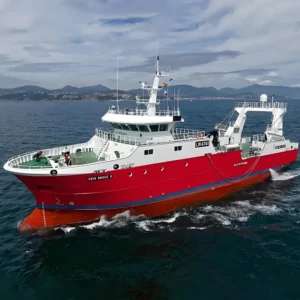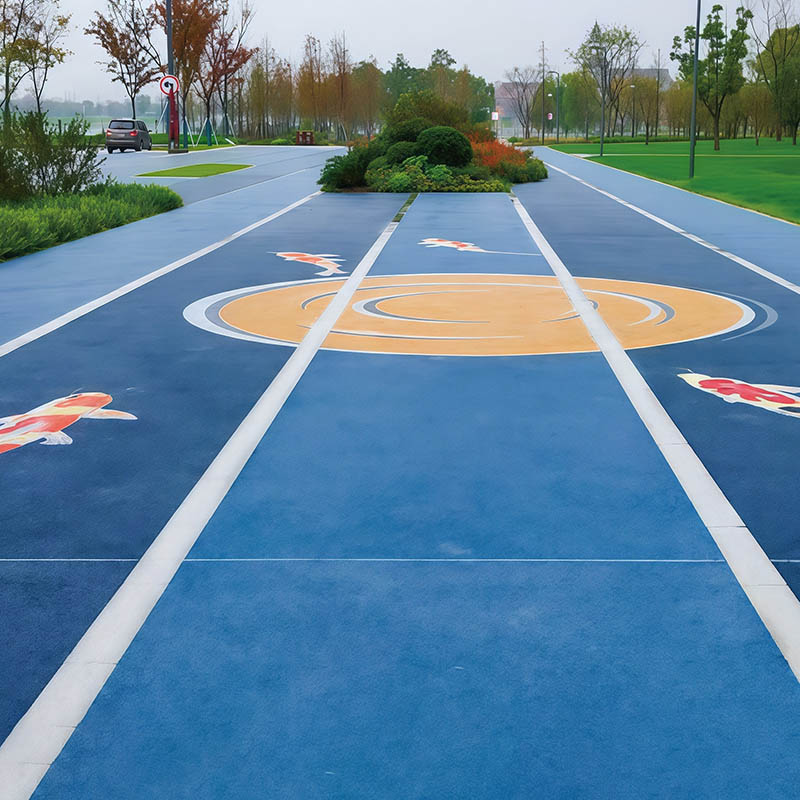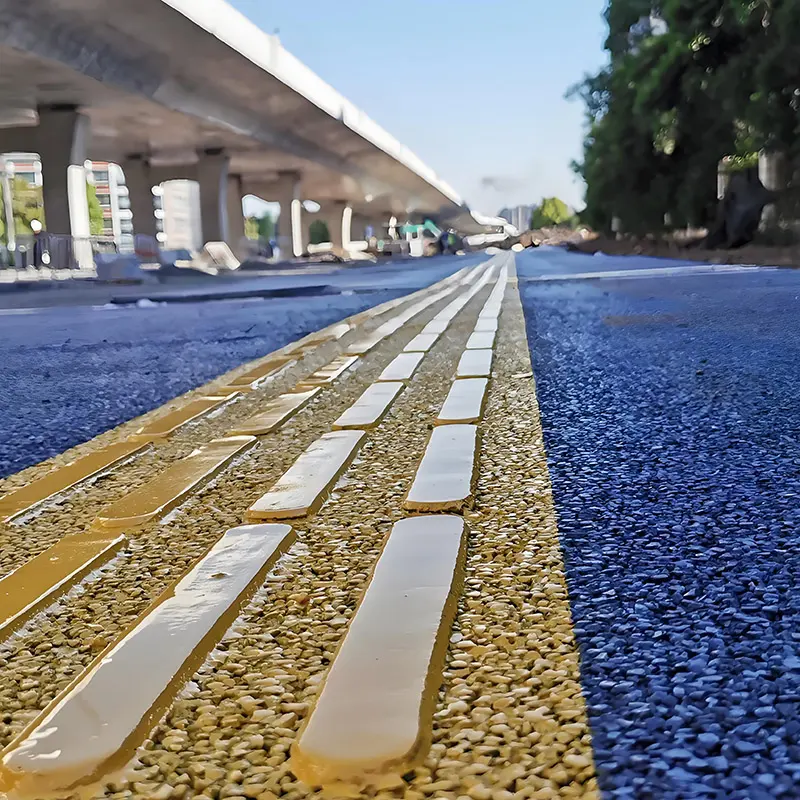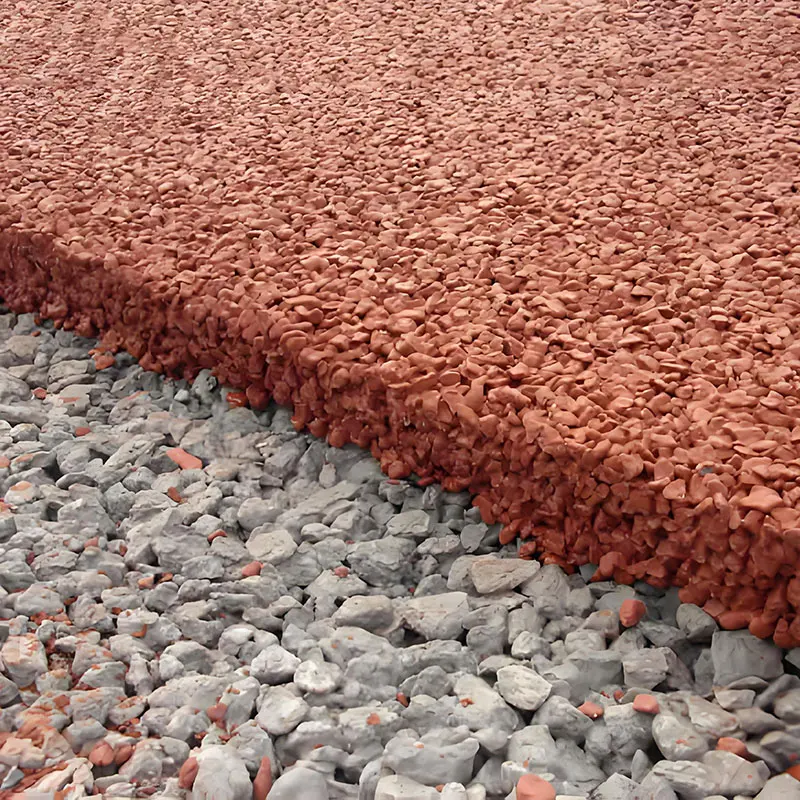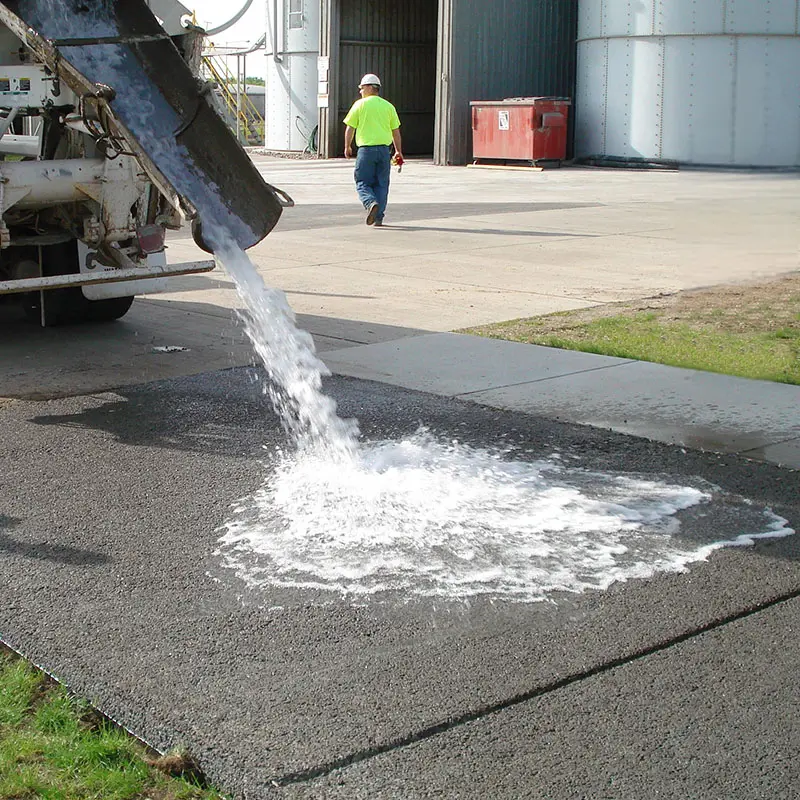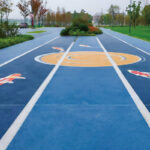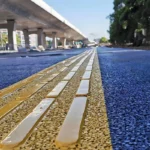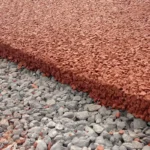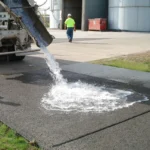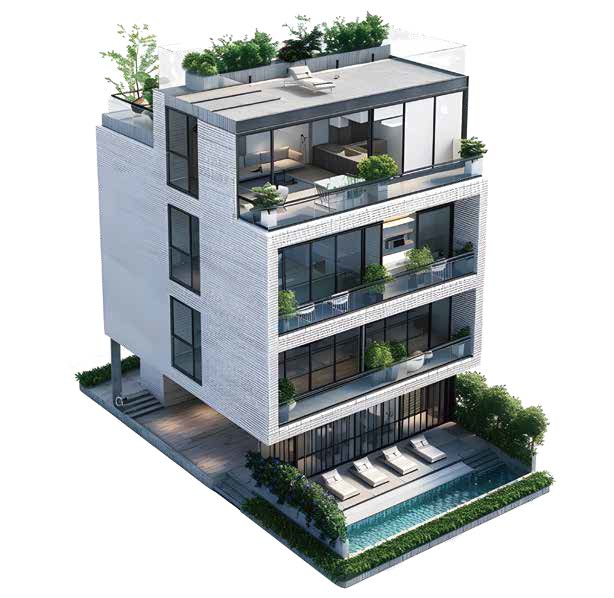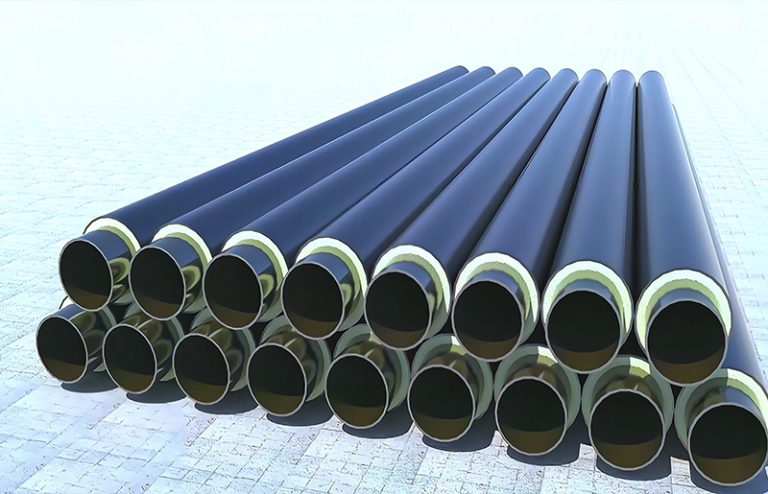Permeable pavement glue Two-Component Solvent-Free Polyurethane Adhesive
Polyurethane Adhesive (Non-Yellowing) as a key material, playing an important role in bonding crushed stones and forming the structure of the permeable pavement, which helps to improve the rainwater infiltration and drainage capacity of cities and realize the relevant functions of sponge cities.
The polyurethane adhesives for permeable pavements include two models: non – yellowing and yellow – resistant. The main difference between them lies in the service life of the pavement under environments such as long – term ultraviolet irradiation, high temperature, and humidity. For the specific differences, please refer to the description of the Model differences below.
1. Product Overview
2. Technical Specifications
| Parameter | Unit | Requirement | Test Method |
|---|---|---|---|
| Non-sag time | min | 20-80 | ASTM C679 |
| Tensile strength | MPa | ≥20 | ISO 527 |
| Elongation at break | % | ≥15 | ISO 527 |
| Solid content | % | ≥96 | GB/T 2793 |
| Viscosity (25°C) | mPa·s | A: 300-800 | ISO 2555 |
| B: 900-1500 |
Product specifications: Component A is 15 kg per barrel, and Component B is 20 kg per barrel.
3. Application Guidelines
Mixing Protocol:
Ratio: 100:45 by weight (A:B)
Mixing: Mechanical stirring for 3-5 minutes until homogeneous
Construction Process:
Base Preparation:
Verify drainage system integrity (slope ≥2%)
Surface of the base must be clean, dry (moisture <5%), and free of debris
Aggregate Coating:
Use 3-5% adhesive by aggregate weight (increase for porous materials)
Mix in forced-action mixer for 90-120 seconds
Paving & Compaction:
During the spreading process, strictly control the flatness and drainage slope to ensure the construction quality. Pay special attention to the construction of the edges and corners to ensure that there is no lack of materials at the edges and corners.
Layering thickness: the spreading thickness should consider the loose – laying coefficient, and generally, the loose – laying coefficient is preferably selected as 1.1
Compaction: Dual-phase with vibratory roller (2-4 passes)
Curing:
Minimum 24-hour curing period. During the curing period, the traffic should be closed, and people are prohibited from stepping on the pavement. and avoid damage to the permeable pavement due to not reaching the designed strength.
Ambient temperature: 5-35°C, When the outdoor atmospheric temperature reaches 40°C or above, construction is prohibited. When the average daily outdoor temperature in winter is continuously lower than 5°C for 5 days, or the daily temperature is lower than 0°C, construction is not allowed to avoid affecting the construction quality.
4. Environmental & Safety Controls
Weather Restrictions:
Prohibited Conditions:
Rainfall during application:
Construction is prohibited in rainy days. If the construction period encounters the rainy season or the materials need to be stored on – site overnight, the materials must be covered with a tarpaulin or placed in a rain – proof shed to prevent the materials from getting wet.
Ambient temperature >40°C or <5°C
Surface temperature <0°C
Material Handling:
Storage: Sealed containers in dark, dry environment (<30°C). After opening the packaging, should be used as soon as possible. Because long – term exposure to the air makes it easy to be affected by water vapor, resulting in a decline in its performance.
Shelf life: 6 months (unopened)
Transportation: Non-hazardous classification (UN3077).
- Fire – fighting Media: Carbon dioxide, foam, or chemical dry powder fire extinguishers can be used for fire – fighting. In the absence of other fire – fighting agents, a large amount of fog – like water can also be used for spraying. After the fire is extinguished, the spilled materials should be cleaned up in a timely manner.
- Fire – fighting Procedure: Take normal protective measures.
PPE Requirements:
Chemical-resistant gloves (nitrile)
ANSI Z87.1 safety goggles
Tyvek coveralls with sleeves
5. Quality Assurance
Field Testing Requirements:
Adhesion strength: ≥1.5 MPa to substrate (pull-off test)
Permeability: ≥0.1 cm/s (ASTM C1701)
Surface evenness: ≤3mm/3m straightedge
Performance Warranty:
10-year color stability guarantee
5-year structural integrity under normal traffic loads
6. Emergency Procedures
Spill Response:
Small spills (<1L): Absorb with inert material → dispose as solid waste
Large spills: Contain with sand barriers → professional recovery
First Aid:
Skin contact: Wash with pH-neutral cleaner → apply emollient cream
Eye exposure: Immediate 15-minute flush → ophthalmologist consultation
Model
The permeable pavement polyurethane binder is available in two formulations:
Non-Yellowing Type: Component A is mainly made of resins and additives, and Component B is mainly composed of isocyanates.
Yellowing-Resistant Type: Component A is mainly made of polyols and additives, and Component B is mainly composed of modified polymethylene polyphenyl polyisocyanate.
Key Differentiation:
The primary distinction lies in their performance under prolonged exposure to:
UV radiation
Elevated temperatures
High humidity conditions
These environmental factors directly impact the pavement’s:
Service life (Yellowing-Resistant: 10-12 years vs Non-Yellowing: 5-8 years)
Aesthetic retention (ΔE color difference <3 after 5 years for Yellowing-Resistant)
Structural integrity maintenance (90% vs 60-70% tensile strength retention after 5 years)
Performance Indicators
| Test Item | Yellowing-Resistant Type | Non-Yellowing Type |
| Non – flow Time (min) | 20 – 80 | 20 – 80 |
| Tensile Strength (MPa) | ≥25 | ≥20 |
| Elongation at Break (%) | ≥15 | ≥15 |
| Solid Content (%) | ≥96 | ≥96 |
| Viscosity (25℃) (mPa·s) | Component A: 300 – 800 | Component A: 300 – 800 |
| Component B: 100 – 400 | Component B: 900 – 1500 | |
| Hydroxyl Value Content (mgKOH/g) | Component A: 200 – 300 | |
| NCO Content (%) | Component B: 29 – 32 |
Selection Guidance:
| Parameter | Yellowing-Resistant Type | Non-Yellowing Type |
|---|---|---|
| Recommended Applications | High-visibility urban areas | Temporary/auxiliary roads |
| Landmark projects | Parking lot sub-layers | |
| Regions with UV index >7 | Low-budget short-term projects | |
| Cost Premium | +15-20% | Baseline price |
| Maintenance Cycle | First major repair at 8-10 years | Refurbishment needed at 3-5 years |
Technical Validation Requirements:
For quality assurance, request:
QUV accelerated aging test reports (3000hrs, ASTM G154)
Natural exposure data from standard test sites
DMA thermal analysis curves
*Note: The yellowing-resistant formulation incorporates advanced UV stabilizers (HALS) and modified isocyanate chemistry for enhanced weatherability.*
The indicators and data provided in this material are based on our current technical knowledge and practical experience and are for reference only. The specific guaranteed indicators shall be subject to the provisions in the quality guarantee letter or supply contract. Users are responsible for testing the products purchased from our company to verify whether they are suitable for their intended processes and applications and can achieve the expected goals. Our company cannot control the further application and processing of the products. Therefore, our company’s liability for the products is limited to the delivered and used parts. Our company does not assume liability for indirect losses caused during the production process using our company’s products as raw materials. Our company’s technical support and customer service center are dedicated to providing you with product consultation and application technical services. You are welcome to contact us by letter or phone.
Technical Support:
Wanhua Energy Conservation Technology (Yantai) Co., Ltd.
Address: No.56 Taiyuan Road, Yantai, Shandong 264006, China
Tel: +86-400-059-1116 | Fax: +86-17761309662
| Weight | 1520 kg |
|---|


